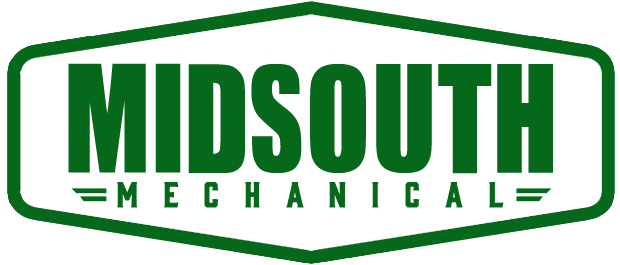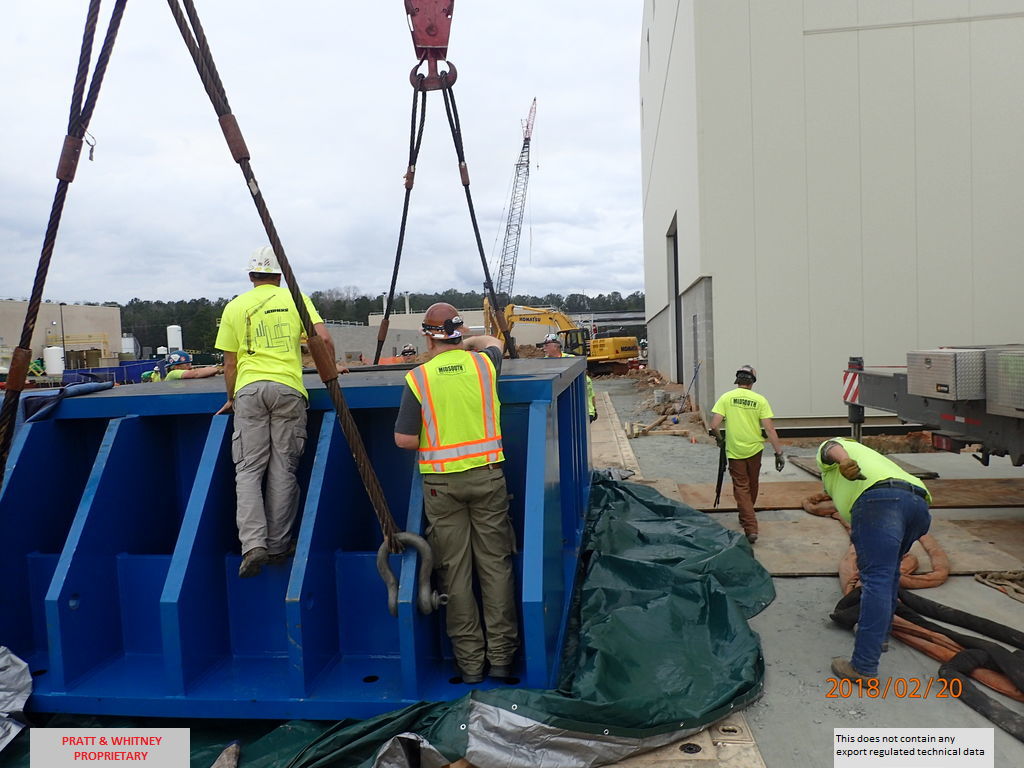1) Be Aware of Your Surroundings
This step requires knowing the hazards of your job or workplace. Once you have learned these risks, you are able to keep clear of potentially hazardous areas, and potential hazardous situations. Also, always be alert of machinery.
2) Keep Correct Posture to Protect Your Back
If you work at a desk, keep your shoulders in line with your hips to avoid back problems. If you are picking things up, use correct form so your back does not get hurt. Avoid stooping and twisting. If possible, always use ergonomic designed furniture and safety equipment so everything you need is within easy reach.
3) Take Regular Breaks
So many work-related injuries and illnesses occur because a worker is tired, burned out and not alert to their surroundings. Taking regular breaks helps you stay fresh on the job. One trick to staying alert is to schedule the most difficult tasks when your concentration is best, like first thing in the morning.
4) Use Tools and Machines Properly
Take the proper precautions when using tools, and never take shortcuts. Taking shortcuts is one of the leading causes of workplace injury. It is a huge safety risk to use scaffolding as a ladder or one tool in place of another for a specific job. Using tools the right way greatly reduces the chance of workplace injury.
5) Keep Emergency Exits Easily Accessible
In case of an emergency, you will need quick, easy access to the exits. It’s also recommended to keep clear access to equipment shutoffs in case you need to quickly stop them from functioning.
6) Report Unsafe Conditions to Your Supervisor
Your supervisor needs to be informed about any workplace safety hazards or risks. They are legally obligated to ensure their employees have a safe working environment and will take care of the unsafe conditions and make them safe for you and your coworkers.
7) Use Mechanical Aids Whenever Possible
Instead of attempting to carry or lift something that is heavy in an attempt to save a sliver of time during your workday, take the extra minute to use a wheelbarrow, conveyor belt, crank or forklift. Too many injury risks are involved with trying to lift something that weighs too much.
8) Reduce Workplace Stress
Stress can lead to depression and concentration problems. Common causes of workplace stress include long hours, heavy workload, job insecurity and conflicts with coworkers or managers. Take your concerns about workplace stress to your supervisor to see how they might help you address them.
9) Wear the Correct Safety Equipment
If you are not wearing the correct safety equipment for a task, you may get injured. Depending on the job, equipment like earplugs, earmuffs, hard hats, safety goggles, gloves or a full-face mask greatly reduce the risk of workplace injury.
Get a free quote today!


